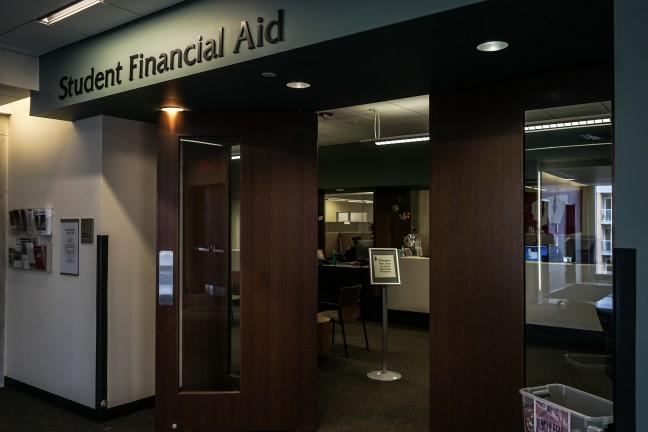College students know the price of university tuition is steep in the U.S.
This year’s in-state tuition at the University of Wisconsin is over $10,000 per year not including housing, dining and any other college costs. Out-of-state tuition is even worse, with the 2021-2022 school year coming in at over $38,000.
When looking at the U.S. as a whole, the average annual cost of college per student is around $35,750.
Even this estimate is conservative when considering the discrepancies between public and private institutions. These costs have only continued to rise in the U.S. since the 1800s, and more families rely on outside sources of monetary aid. For most, this means filling out the FAFSA every October.
The United States’ federal aid system as we know it today began under the Higher Education Act of 1965. Title IV became the first federal commitment to try and level the playing field in terms of higher education accessibility. Its goal was to make college more attainable for those of lower socioeconomic standing.
Previous to this act, higher education was only affordable for the elites of society. The Higher Education Act was one of several acts signed into law during this time, as part of then-President Lyndon B. Johnson’s great society agenda that aimed to help end poverty and racial injustice in America.
Levy Hall to rightfully replace troubled history of Mosse Humanities Building
The FAFSA system was created with the noble intention of providing underprivileged students in America with the funds necessary to pursue higher education. But the current Federal Aid system hasn’t kept up with how much money it supplies and to the right people.
Given the fact that 56% of current college students said they could no longer afford their tuition in a survey conducted by OneClass, it is clearly time to take a deeper look at FAFSA and why it has failed university degree pursuers.
To begin, the application itself is needlessly complicated. The Hechinger Report called the FAFSA application the number one most complex higher education form out there, citing that nearly half of high school students didn’t even bother filling out the form.
Its complex wording makes it difficult to understand what is required, which can also lead to mistakes being made that lead to students not getting the funding they should theoretically qualify for.
It also requires documents that are not always easy for families to obtain. Some of the materials necessary include either Social Security or Alien ID number, W2’s and federal income tax returns, bank statements and investment records. For many parents, these documents are harder to obtain than for others, and often those most impacted are families of lower socioeconomic status, who need the most support from the program in the first place.
Where’s the Wi-Fi?: UW must provide more reliable internet to students
The FAFSA application also doesn’t take into account several situations that greatly affect how much aid a student needs. For example, students who do not qualify as an independent will receive funding based on their parent’s income — specifically through an equation that determines how much parents ‘should be able to allocate’ to their child’s college funds.
But what if a student’s family is unwilling to pay the expected family contribution? This leaves the student to make up this difference themself.
Not only this, but FAFSA only uses the two most recent years of income to calculate parental contribution, which can overestimate how much a family might have if their income only recently increased.
Clearly, the entire federal aid system is in need of reform.
Recently, it has reached the forefront of American news again with the introduction of the Build Back Better bill in Congress. The bill is set to increase the maximum Pell Grant award by almost $1500. It was also supposed to provide two free years of community college until that clause was cut under recent attempts by Democrats to decrease overall spending.
FAFSA could also be improved with further tax revenue, which is a major funding source for the program. The government could increase tax rates for corporations and the wealthy, groups that have historically been undertaxed. If more funds were available, perhaps the system could accommodate more students’ situations.
A more extensive solution would be something akin to Bernie Sanders’ college plan. Sanders argues for tuition-free college, the elimination of student debt around the country, an annual investment of $1.3 billion in private universities that are predominantly Black and minority-serving institutions and ending equity gaps in higher education.
Some have argued that this plan is too radical to be passed in our current system, but it is a good goal to strive for even if it means making compromises along the way. After all, higher education is important in the current job market, and should therefore be accessible to everyone.
Fiona Hatch ([email protected]) is a freshman studying political science and international studies.














